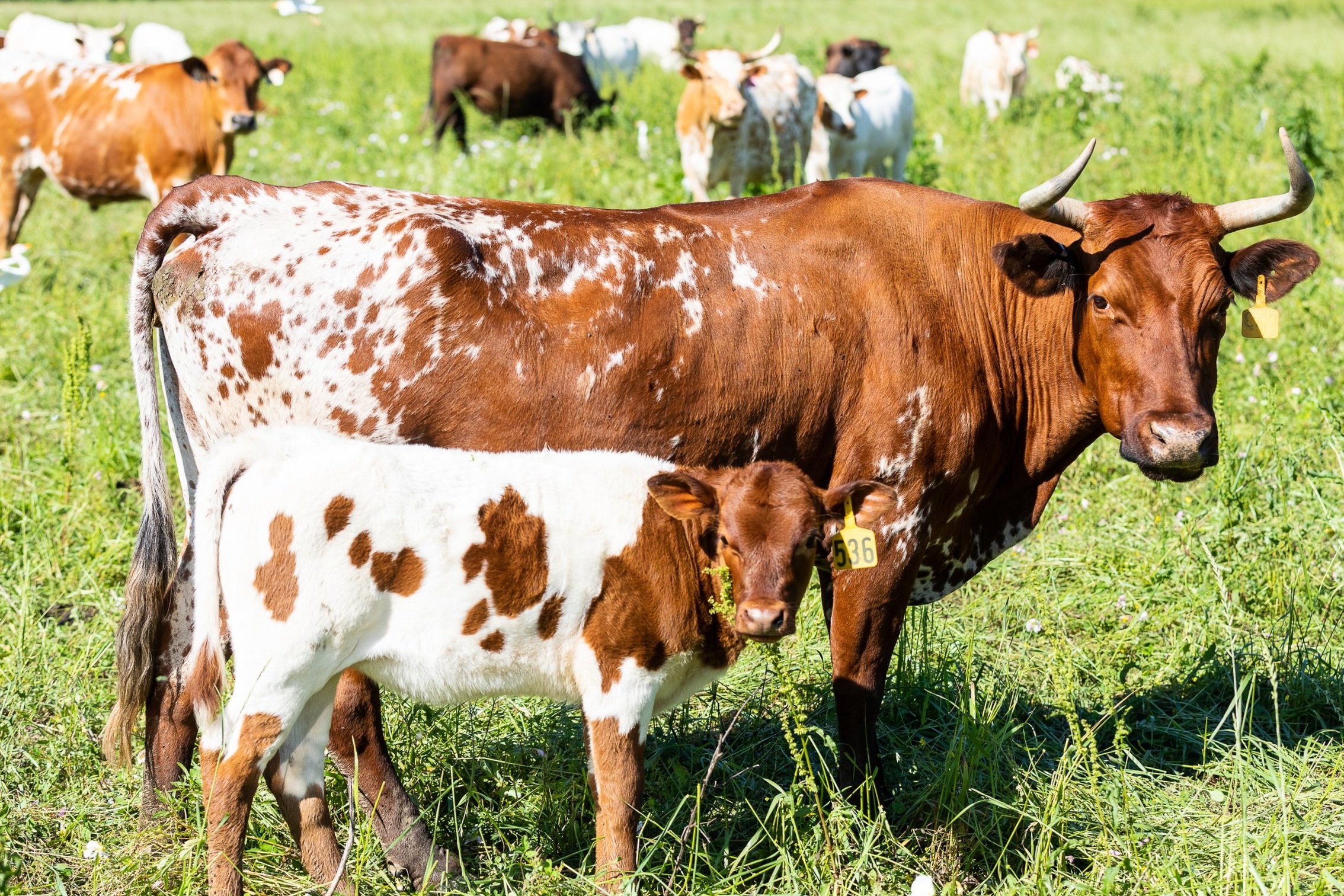Why Every Day is Earth Day at BDA
Earth Day is a global day emphasizing the importance of protecting the environment, and this year’s theme (according to EARTHDAY.ORG) is “Restore Our Earth™”.
So how does BDA Farm participate, you may ask?
Read below as Dr. Allen Williams explains how our farming methods contribute to a better environment by “Working with Nature”, restoring and managing ecosystems, harnessing livestock effects to restore native prairie, and sequestering carbon while providing healthy, sustainable products to you.
Every Day is Earth Day at BDA Farm
Allen R Williams, Ph.D.
At BDA, we are intent on farming and ranching in synchrony with nature. Equipped with the four ecosystem processes our heart is to repair, rebuild, revitalize and restore full ecosystem function. This begins with life beneath the soil, extending to all life above the soil; what is known as regenerative farming, a crucial part of our everyday life.
We practice the Six Principles of Soil Health, promote the Four Ecosystem Processes, and implement the Three Rules of Adaptive Stewardship. We call this the 6-4-3 of a healthy planet.
The Impact of Grazing Animals
BDA Farm is located in the heart of the Alabama Prairie, a once thriving, vibrant ecosystem supporting more than 300 species of native plants, beneficial insect and bird life, and an abundance of grazing and foraging animals. These animals included the Eastern Bison, elk, and deer. Prairies and grasslands depend on grazing and foraging animals to maintain the native grasslands across North America. Without the action of grazing, prairies and grasslands would quickly become forest.
Since we no longer have the bison and elk roaming freely across the eastern prairies and Savannas, we now use domesticated livestock to create bio and eco-mimicry. BDA farm uses cattle to do what the wild ruminants used to do when Alabama was a wild place. By implementing regenerative grazing, we are restoring our lands to a true prairie.
The Return of Native Plants
On our journey to re-create the original Alabama prairie, we are carefully documenting the native plant species that are resurfacing in our fields. This includes a long list of plants that are now growing from our seed bank. Grasses such as: Florida Paspalum, Bushy Bluestem, Little Bluestem, Switch Grass, Eastern Gammagrass, Redtop, Purpletop Tridens, Purple Spangletop, Purple Lovegrass, Heller’s Rosette grass, Blue Wild Rye, and an abundance of native Panicums.
Legumes and forbs that are now present include: Marsh Elder, Lesser Burdock, Curly Burdock, Plantain, Dandelion, Partridge Pea, Prairie Bundleflower, Yellow Sweet Clover, Groundnut, Wild Senna, Sensitive Briar, White Prairie Clover, Purple Prairie Clover, Pinkweed, Fierweed, Virginia Meadowbeauty, Dotted Knapweed, Purple False Foxglove, Blue Vervain, Panicled Aster, Blue Mistflower, Prickly Fanpetals, Scratch Daisies, Prairie Tea, Butterweed, Prairie Pleatleaf, Longbract Wild Indigo, Prairie Indian Plantain, and Giant Goldenrod.
This abundance of native plant species has drawn an incredible array of beneficial insects, pollinators, birds, and other wildlife; attracted to the habitat and the rich food source.
Catching Carbon
To farm regeneratively, we move our livestock frequently to fresh grass. Just like the wild ruminants once did. All fields get a long rest in between grazing events so they can fully recover and stimulate new native plant species germination and growth. These grazing events cause the plants and soil microbes to work in synchrony to sequester significant amounts of carbon from the atmosphere. Regenerative grazing research shows that we can sequester more than 4 tons of carbon per acre annually. That is far more than southern forests can sequester.
Recent soil data collected at BDA Farm shows soil organic matter (SOM) ranging from 6% to over 7.8%. Most farms in our region are below 4% SOM. Our soil CO2 respiration rates are between 330 and 670 ppm, far above most farms in the region (avg range is 50 – 200 ppm). This indicates we have more soil biological activity working to sequester carbon and build new soil. Our organic carbon (OC) levels are between 210 and 300 ppm. Compare this to OC levels of 50-150 ppm on neighboring farms. Likewise, our Soil Health Scores (SHS) are between 26 and 41. Most farms in our region have SHS’s of less than 15. In addition, our Total Living Microbial Biomass (TLMB) ranges from 8000 ng/g of soil to over 14,000 ng/g. Compare this to an average TLMB of 500 to 2000 ng/g on neighboring farms.
Our everyday efforts are reaping huge rewards and are promoting healthy soil, healthy plants, healthy livestock and wildlife, healthy people, and a healthy planet. We agree with the statement made by Wendell Berry in a 2018 New York Times OpEd, where he stated: “Agricultural choices must be made by these inescapable standards: the ecological health of the farm and the economic health of the farmer.”






